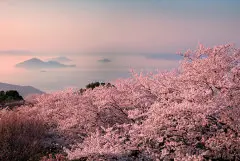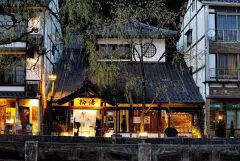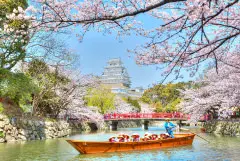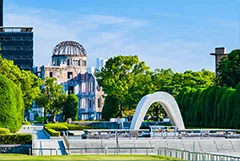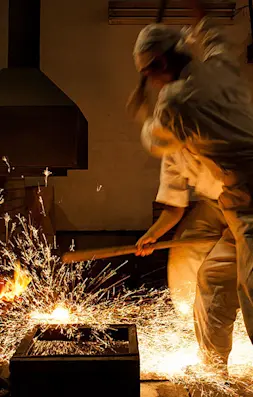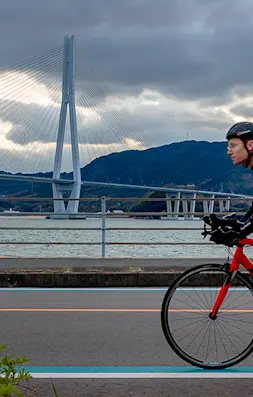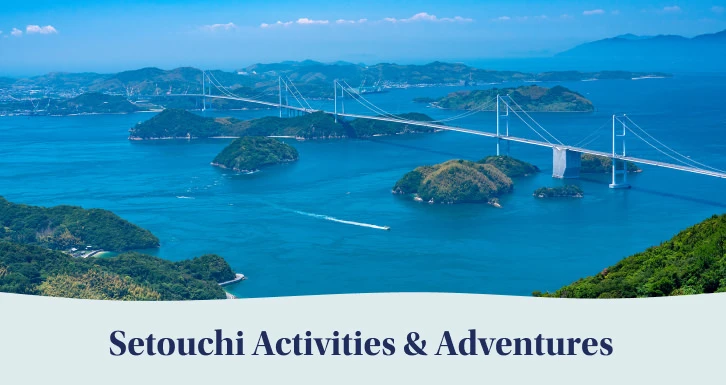SETOUCHI OFFICIAL TRAVEL GUIDE
AUTHENTIC JAPAN: SETOUCHI
Setouchi Journeys: 23 itineraries to inspire your next visit to the Setouchi Region
28 August 2023
Pick Your Passion
Destinations
in Setouchi
Explore the seven prefectures and over a thousand magical islands of Setouchi.










